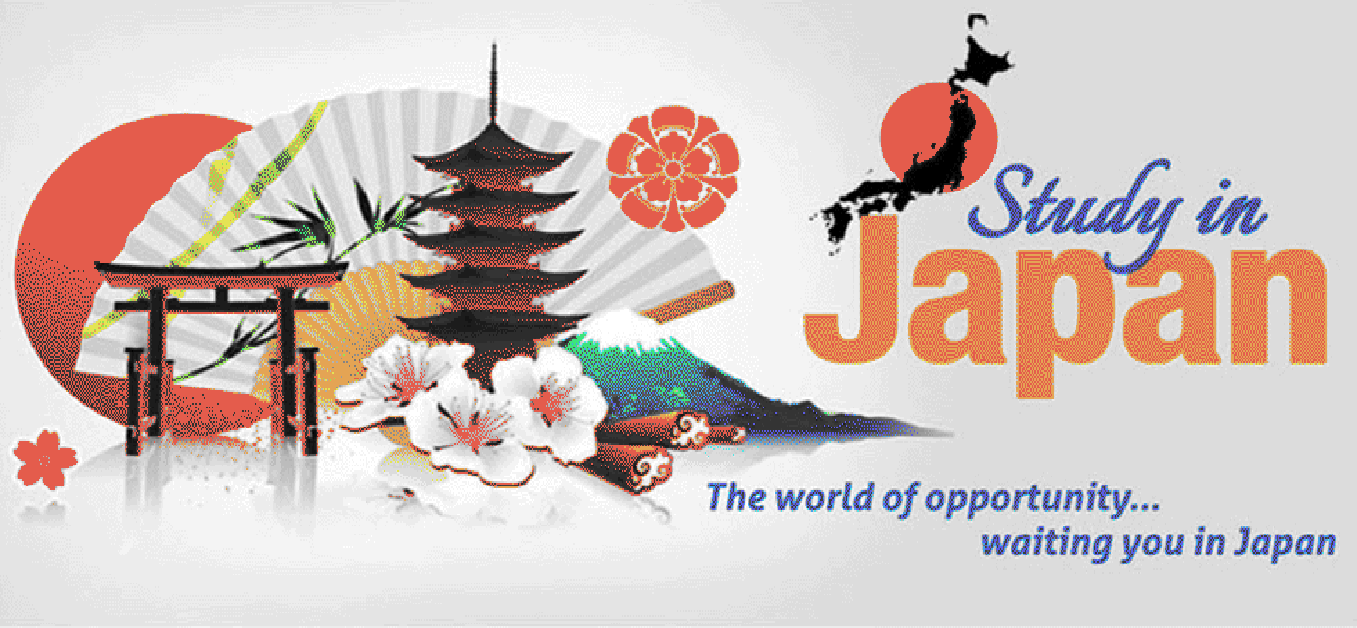
- The Japanese name for Japan is “Nihon” or “Nippon” which means “sun origin”.
- Japan belongs to the continent of Asia. Japan is an island nation surrounded by the Sea of Japan to the East and the Pacific Ocean to the West.
- Japan is made up of 6,852 islands.
- The highest point in Japan in Mount Fuji, which stands at 3,776m (12,388ft).
- As of July 2012, there are over 127 million people living in Japan (127,368,088), which is the tenth largest population in the world.
- Tokyo is the capital city of Japan and also the largest city. Other major cities include Osaka, Nagoya, and Sapporo.
- Japanese is the official language of Japan.
- Japan sits along the “Pacific Ring of Fire”, so has many volcanoes and experiences many earthquakes. In 2011, an earthquake of magnitude 9.0 hit Japan and created a tsunami which resulted in much devastation.
- Almost three quarters of Japan’s land is either forest or mountains and is difficult to be made into farms, industrial or residential areas.
- Human life in Japan dates back thousands of years.
- Ancient warriors of Japan were known as Samurai. They were very skilled fighters and swordsmen. Their main weapon was the Katana, a sharp sword with a slight curve to it.
- Due to gases produced by power plants, Japan sometimes suffers from acid rain.
- Japan is an industrialized nation, producing some of the most technologically advanced motor vehicles, electronics, and machine tools.
- Japan is a world leader in robotics. Japanese engineers are known for producing a range of human-like robots such as ASIMO.
- Some of the most well-known companies in the world are Japanese such as Toyota, Honda, Sony, Nintendo, Canon, Panasonic, Toshiba, and Sharp.
- Japanese cuisine has become popular around the world. Some well-known dishes are sushi, sashimi and tempura.
- Japan is home to many different forms of martial arts. Karate, Judo, Sumo, Ninjutsu, Kendo, Jujutsu, and Aikido to name a few.
- Sumo is recognized as the national sport of Japan, although the most popular spectator sport is baseball.
- Japan hosted the 1964 Summer Olympic games in Tokyo and will again in 2020. They also hosted the 1972 and 1998 Winter Olympic Games in Sapporo and Nagano, respectively.
- Raw horse meat is a popular food in Japan.
- Sometimes the trains are so crowded railway staff are employed to cram passengers inside.
- Many couples in Japan celebrate Christmas like Valentine’s Day. It is definitely more of a “lovers” holiday in Japan.
- Poorly written English can be found everywhere, including T-shirts and other fashion items.
- More than 70% of Japan consists of mountains, including more than 200 volcanoes.
- Mt. Fuji, the tallest mountain in Japan, is an active volcano (although scientists have not reached a consensus on what defines “active”).
- Religion does not play a big role in the lives of most Japanese and many do not understand the difference between Shintoism and Buddhism. However, there are also many Japanese who do understand the difference.
- A nice musk melon, similar to a cantaloupe, may sell for over $300US. For example, a nice specimen of Yubari melon. These are often physically perfect, not like their American counterparts with dark smudges and scars.
- There are four different writing systems in Japan; Romaji, Katakana, Hiragana, and Kanji.
- Coffee is very popular and Japan imports approximately 85% of Jamaica’s annual coffee production.
- Japan’s literacy rate is almost 100%.
- Sumo is Japan’s national sport, although baseball is also very popular.
- Sumo wrestlers eat a stew called Chankonabe to fatten up. Many restaurants in the Ryogoku district of Tokyo serve this nabe (Japanese word for stew).
- Most toilets in Japan have a built-in bidet system for spraying your backside. These are known as washlets and are now the norm in homes and nicer restrooms. However, in some train stations and other public restrooms you may still find the traditional Japanese “floor toilet”.
Japan School System
The Japanese educational system was reformed after World War II. The old 6-5-3-3 system was changed to a 6-3-3-4 system (6 years of elementary school, 3 years of junior high school, 3 years of senior high school and 4 years of University) with reference to the American system. The gimukyoiku 義務教育 (compulsory education) time period is 9 years, 6 in shougakkou 小学校 (elementary school) and 3 in chuugakkou 中学校 (junior high school).
Japan has one of the world’s best-educated populations, with 100% enrollment in compulsory grades and zero illiteracy. While not compulsory, high school (koukou 高校) enrollment is over 96% nationwide and nearly 100% in the cities. The high school drop out rate is about 2% and has been increasing. About 46% of all high school graduates go on to university or junior college.
The Ministry of Education closely supervises curriculum, textbooks, classes and maintains a uniform level of education throughout the country. As a result, a high standard of education is possible.
Student Life
Most schools operate on a three-term system with the new year starting in April. The modern educational system started in 1872, and is modeled after the French school system, which begins in April. The fiscal year in Japan also begins in April and ends in March of the following year, which is more convenient in many aspects.
April is the height of spring when cherry blossom (the most loved flower of the Japanese!) bloom and a most suitable time for a new start in Japan. This difference in the school-year system causes some inconvenience to students who wish to study abroad in the U.S. A half year is wasted waiting to get in and often another year is wasted when coming back to the Japanese university system and having to repeat a year.
Except for the lower grades of elementary school, the average school day on weekdays is 6 hours, which makes it one of the longest school days in the world. Even after school lets out, the children have drills and other homework to keep them busy. Vacations are 6 weeks in the summer and about 2 weeks each for winter and spring breaks. There is often homework over these vacations.
Every class has its own fixed classroom where its students take all the courses, except for practical trainings and laboratory work. During elementary education, in most cases, one teacher teaches all the subjects in each class. As a result of the rapid population growth after World War II, the numbers of students in a typical elementary or junior high school class once exceeded 50 students, but now it is kept under 40. At public elementary and junior high school, school lunch (kyuushoku 給食) is provided on a standardized menu, and it is eaten in the classroom. Nearly all junior high schools require their students to wear a school uniform (seifuku 制服).
A big difference between the Japanese school system and the American School system is that Americans respect individuality while the Japanese control the individual by observing group rules.
This helps to explains the Japanese characteristic of group behavior.


